Service hotline
+86 0755-83975897
 en
en Release date:2024-11-06Author source:KinghelmViews:2040
In the industrial use of communication modules, antenna miniaturization has become a growing trend, and enhancing antenna versatility is an effective way to reduce product costs. In the design of millimeter-wave and short-length rubber stick antennas, many designs use monopole structures with unbalanced feeding. These designs are often susceptible to interference from the equipment’s "RF ground," which can lead to resonance frequency shifts and uncontrolled changes in radiation patterns, negatively impacting antenna performance and versatility.
Let’s take a 433MHz, 20cm foldable rubber stick antenna as an example to explore the benefits of a balanced feeding design.
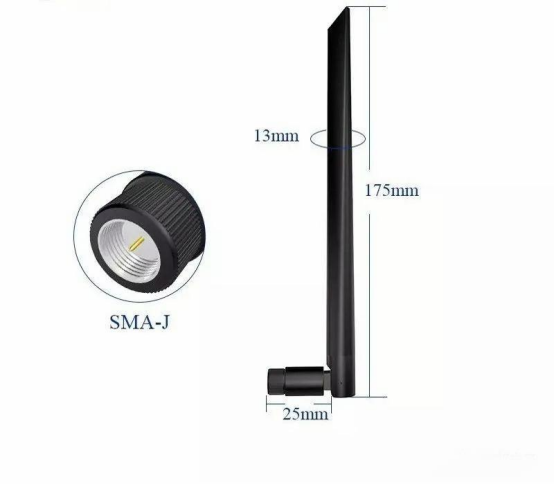
Design Example
This antenna design was originally based on a custom request from a client: for outdoor use with a 433MHz communication module in the 1-meter waveband, a typical dipole antenna requires a length of around 40cm (half wavelength, 34.5cm). Achieving a size under 20cm was previously not feasible. Most antennas under 20cm use monopole whip-type radiation elements. However, the client required low VSWR (Voltage Standing Wave Ratio) and needed the antenna to work effectively in a challenging environment. The existing antenna’s resonance would shift with environmental changes, so ensuring a controllable VSWR (≤2.0) was crucial.
1. Antenna Design Structure
The antenna design incorporates an inductive coil in the middle to reduce its length and adjust impedance. The antenna uses a dipole balanced feeding structure.
As shown in the graph, whether tested using a vector network analyzer or in real-world applications, the dipole-fed antenna consistently resonates at 433MHz, ensuring strong compatibility with the device.
In contrast, the monopole spring antenna's radiation pattern is affected by the size of the antenna's ground plane, resulting in less control over the pattern. The dipole antenna, however, produces a more ideal "apple-shaped" radiation pattern.
Testing shows that the balanced feeding antenna improves communication performance by more than 25%.
Despite the limitations on antenna length for short-sized terminals, it is possible to achieve a balance by adding inductance to shorten the antenna’s electrical length while still maintaining balanced dipole feeding within the millimeter-wave range. This design offers excellent versatility and real-world testing confirms it provides superior communication quality compared to traditional monopole spring antennas.
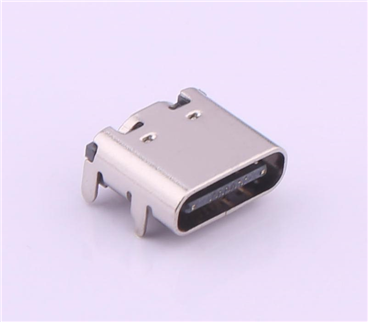
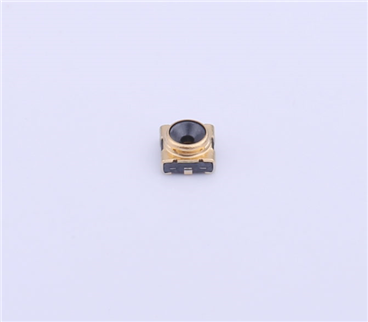
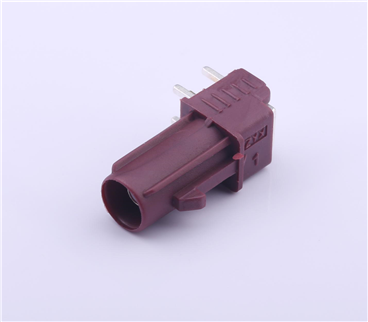
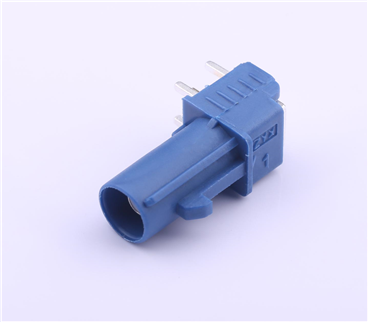
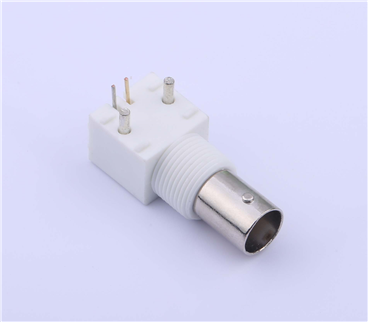
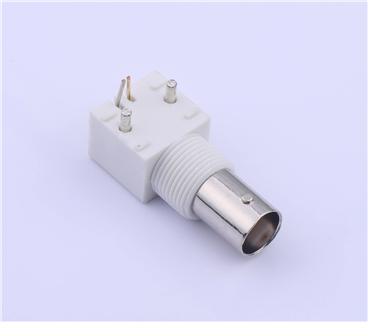
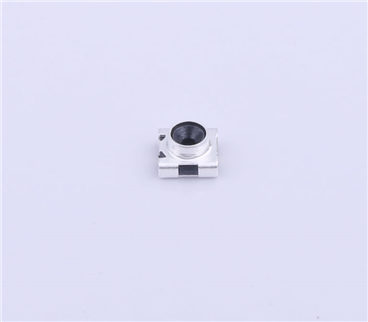
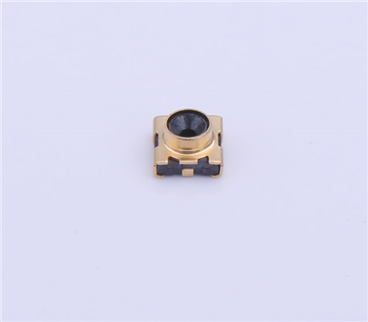
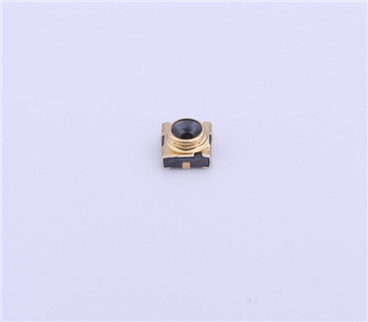

Copyright © Shenzhen Kinghelm Electronics Co., Ltd. all rights reservedYue ICP Bei No. 17113853
